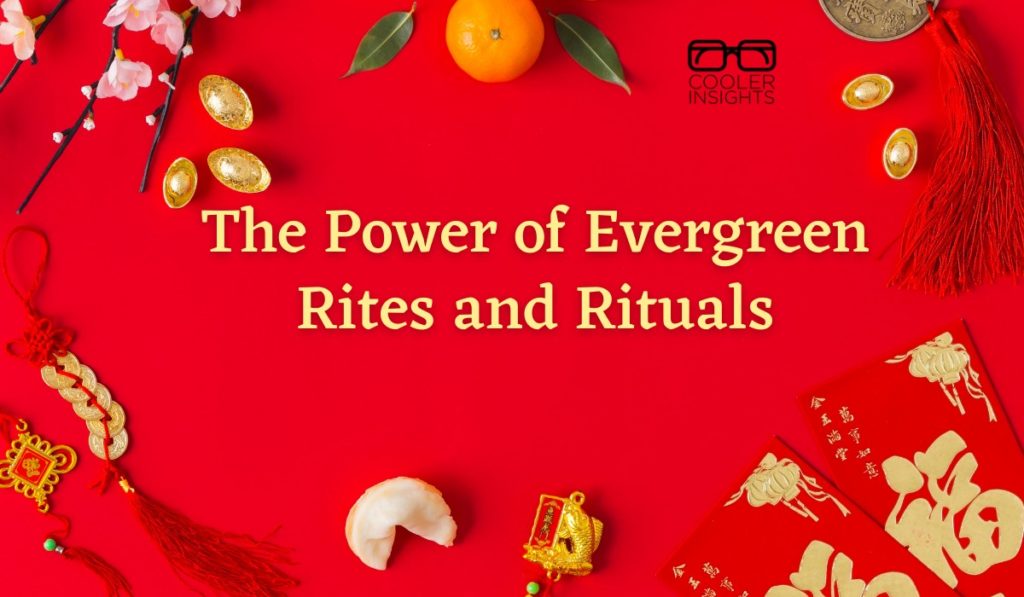
New year photo created by freepik – www.freepik.com
What is the first thing which comes to mind when you think of Christmas?
Well, perhaps a Christmas tree surrounded by presents would appear. Or that jolly red guy with a long beard named Santa Claus. Maybe a good time of feasting and merrymaking?
What about other cultural and national celebrations like Deepavali (or Diwali), Hari Raya Puasa/Haji, Chinese New Year, Vesak Day and National Day?
Beyond the immediate festive buzz surrounding a public holiday, there will always be a certain seasonal rhythm to these cultural occasions.
Every year around certain months, the excitement will start to build up and this interest will peak on the actual day itself.
Google Search Patterns for Cultural Holidays
If you look at Google Trends searches for major festivals in Singapore, you’ll notice that the volume of searches for the different festivals pick up about a month before the event, with Christmas having the longest “lead time” for searches.
The peaks for each search corresponds to the volume

This same rhythm has been ingrained in our collective psyche, and has culminated in similar behaviours in the online world. There will always be a certain annual rhythm in how things build up to a crescendo.
If we replace the occasion itself with some of the common customers and rituals associated with these holidays, you’ll see that they follow a similar trend. These interests are cyclical and would return year after year when the occasion beckons.
For illustrative purposes, I have chosen 5 keywords to compare:
- “Ketupat” and “fasting” associated with Hari Raya
- “Ang Pow” (red packet) and “mandarin orange” associated with Chinese New Year
- “Christmas tree” associated with Christmas
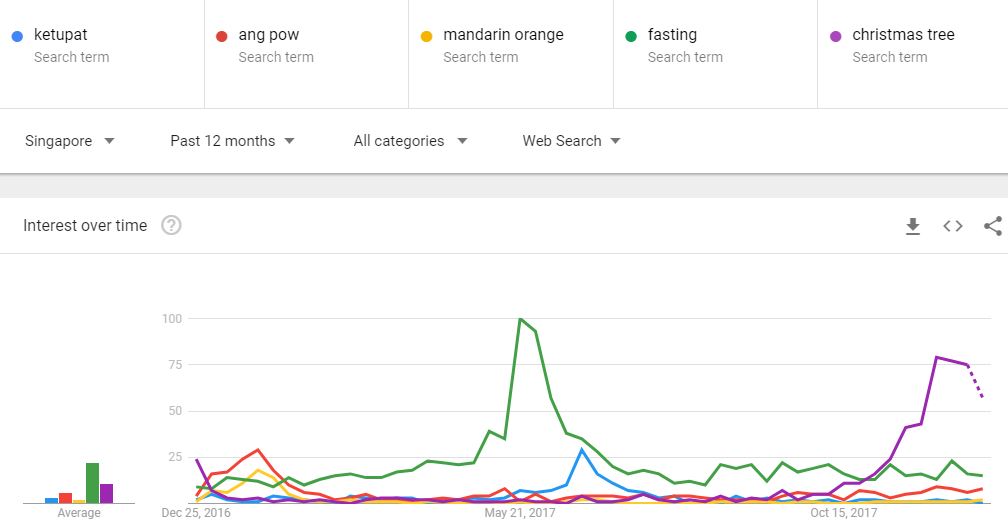
The Appeal of Cultural Rituals and Rites
What does the above illustration using Google Trends tell us?
Well, cultural rituals and rites are an integral part of who we are as a community. They help to bond us and shape our individual and collective identities.
This is why they have such strong staying power as evergreen search terms which peaks year-after-year close to the significant dates.
Festive occasions also present widespread opportunities for marketing – especially after the year-end bonus period!
Beyond embracing the usual norms that accompany each occasion, inventive companies should also create their own rites and rituals of purchase and consumption. Some of these have become so ingrained in our society that we have embraced them as part and parcel of our own heritage and culture.
Examples of Popular Rites and Rituals
As you’d imagine, there are thousands of such cultural and behavioural rites and rituals.
Some of them are transmitted over the centuries from generation to generation. Others are more recent inventions specific to certain locations, cultural groups, age-groups, and occasions.
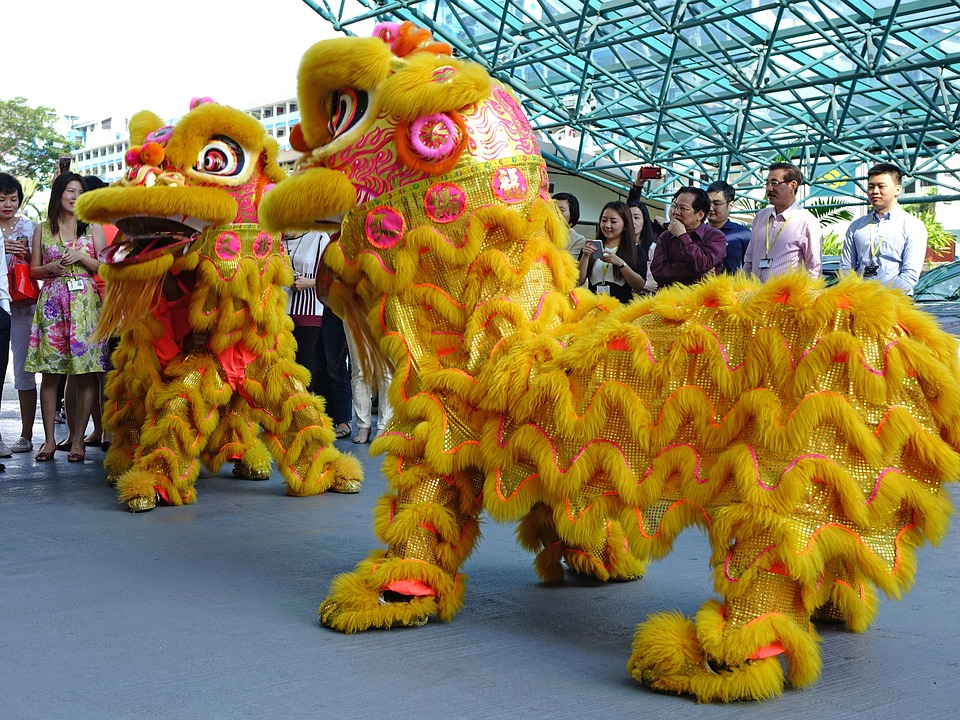
Here are some of the popular ones which you may be aware of.
- Presenting flowers and chocolates to a loved one (or a romantic target) during Valentine’s Day.
- Popping of champagne to celebrate a joyous occasion – from the birth of a child, marriage of two sweethearts, to the arrival of a much awaited job promotion.
- Singing “Happy Birthday to You!” and blowing out the candles on a birthday cake (probably the most common ritual in the world).
- Offering two Mandarin Oranges during Chinese New Year visits, inviting Lion Dancers to usher in good luck, or giving a red packet (hong bao) filled with money to children.
- Giving a household item to a friend/family member/colleague for his or her housewarming party.
- Drinking an ice-cold Milo after a strenuous and sweaty sporting event.
- Queueing up overnight to purchase the new iPhone/iPad/insert other Apple device.
- Presenting an invaluable item of gold jewellery (often a key for its symbolism) to one’s daughter on her 21st birthday.

Valentine’s Day is closely associated with cards, chocolates and flowers (designed by Freepik)
From Brand Rituals to Cultural Icons
Ceremonial rites and rituals offer a certain warmth and stability to our lives in a fast moving world where change is the only constant. Interestingly, many of them came about from the actions of commercial companies.
The most widely known example is that of Santa Claus.
Portrayed as a jolly and portly white-bearded man by Coca-Cola (though not the red-colour of his outfit), Coke’s Santa has become a powerful symbol of Christmas in the commercial world.

Courtesy of The Coca-Cola Company
Beyond Coca-Cola’s use of Santa Claus as a ceremonial icon symbolic of Christmas, the giant beverage company has also associated the ritual of drinking a Coke with “opening happiness” as shown by the ad below.
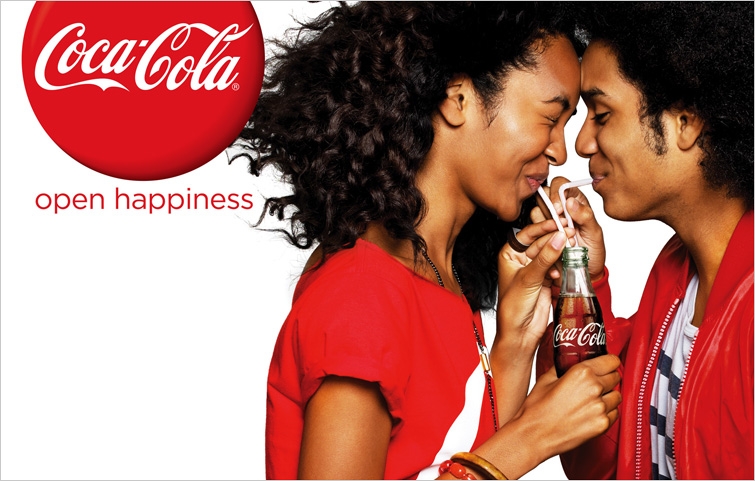
Courtesy of 88 Phases
Here are some other examples of brand rituals which have become a popular part of our culture (courtesy of PopSop):
- Oreo—separate cookies, lick cream and then eat the cookies, or dunk into milk—”twist,” “lick,” “dunk”
- Corona—put a piece of lime into the bottle’s neck
- KitKat—break the sticks into halves (eaten in a lunch break) and “Have a Break”
- Moleskine—sketch your creativity, plan and document your life on paper
- Stella Artois—9-step pouring ritual
- Nutella—spread onto a white bread, consumed only in the morning
- Tiffany—if you are going to make a proposal, choose the engagement ring at Tiffany

Image courtesy of PopSop
Develop Your Own Rites and Rituals
Do you know that the auspicious tradition of tossing Yu Sheng (raw fish salad) in Singapore was invented in the 1960s?
According to Infopedia, the seven-coloured Fa Cai Yu Sheng (prosperity raw fish salad) that most of us are familiar with was developed by chefs Lau Yoke Pui, Tham Yui Kai, Sin Leong and Hooi Kok Wai. Together known as the “Four Heavenly Kings” in the Singapore restaurant scene, they innovated on the original Yu Sheng dish from China, and helped it to gain mass appeal.
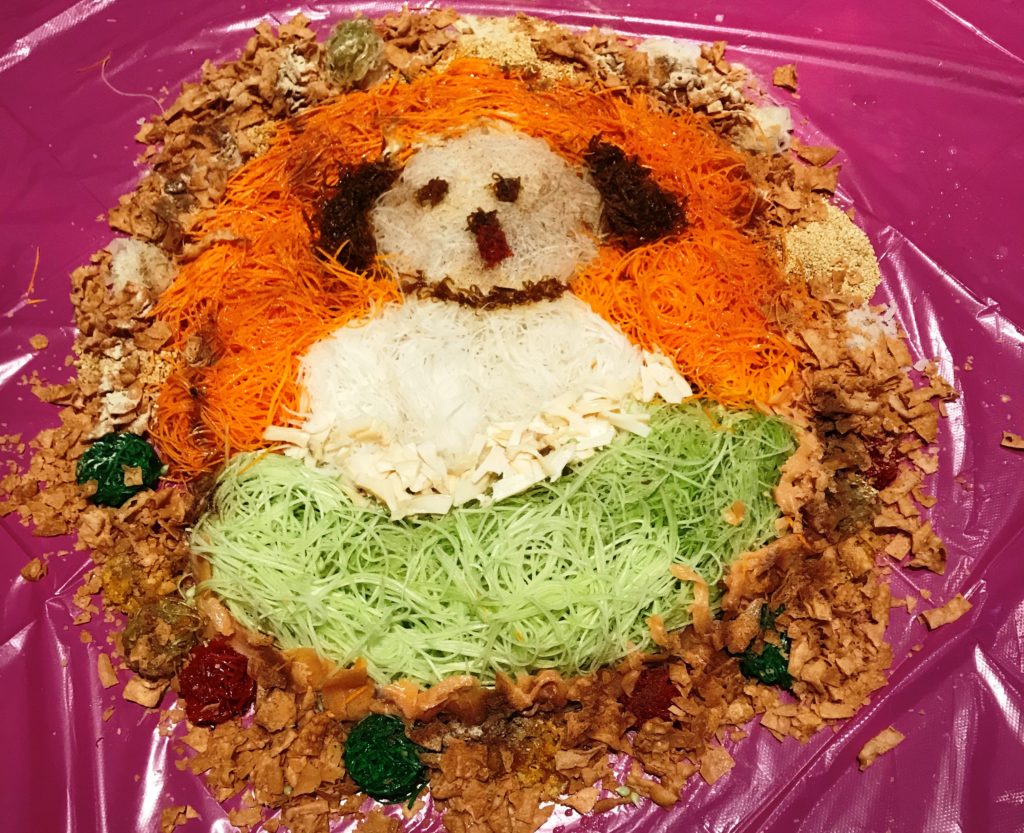
While not every company could be as successful as creating a cultural icon (like Coca-Cola’s Santa Claus or the Fa Cai Yu Sheng), there is value in developing your own marketing or consumption rites and rituals.
These symbolic and ceremonial gestures play a critical role in fostering myth and perpetuating evergreen demand for your goods and services.
Here are some of the things which you should consider:
- Understand the psyche of your consumer, and how she may approach the occasion of use.
- Be mindful of cultural taboos and societal norms. While the “Marlboro Man” may have worked well in the past, using the same imagery today may be a recipe for disaster.
- Give your ritual a light-hearted and whimsical touch. Make it entertaining.
- Associate the gesture with the way your product is already consumed or used.
- Keep your ritual simple and easy to remember.
- Popularize the action by working with influencers to help to get the message out there.
- Be prepared to invest in advertising and communicating your ritual. Repetition is key here.
Conclusion
The best companies not only ride the waves generated by major festive occasions and celebrations – they create their own rites and ingrain them to be part of a society’s cultural consciousness.
Of course, it isn’t easy to transcend the hordes of competitors to “own” a rite or ritual. You must ensure that your product and service offerings are remarkable enough to gain social traction amongst your target groups before engineering such a tradition.
Done well however, such rituals could transcend the test of time and even influence how your customer behave year after year.

yes,that is good article.thanks